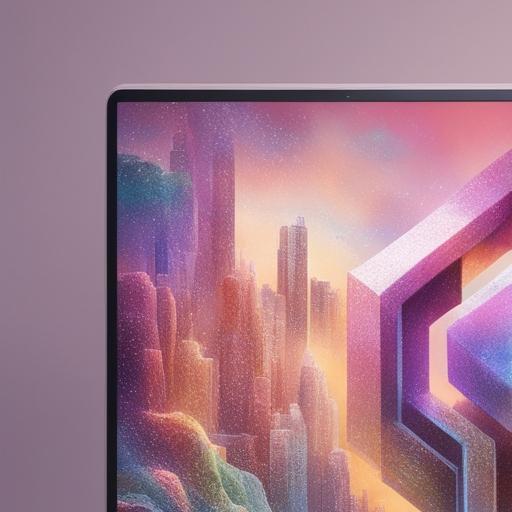Non-Fungible Tokens, or NFTs, have taken the digital world by storm, revolutionizing the way we perceive and own digital assets. But what exactly are NFTs and why are they gaining so much attention?
Simply put, NFTs are unique digital tokens that represent ownership or proof of authenticity of a specific item, whether it be a piece of artwork, a video, a meme, or even a tweet. Unlike cryptocurrencies such as Bitcoin or Ethereum, NFTs are indivisible and cannot be exchanged on a like-for-like basis. Each NFT is one-of-a-kind, distinguishable from all other tokens in the blockchain network.
At the heart of NFTs is blockchain technology, which ensures the security, immutability, and transparency of ownership records. Using blockchain, creators can mint NFTs, attaching unique information to them, including details about the digital asset, its creator, and its provenance. This information is permanently recorded on the blockchain, making it publicly accessible and verifiable.

The concept of scarcity is a fundamental element of NFTs. Traditional digital files can be easily replicated and shared, but NFTs introduce scarcity by creating a sense of rarity and exclusivity. Think of it as owning an original piece of art versus a digital copy. The value of an NFT is often derived from the perception of exclusivity and the perceived value of the underlying digital asset.
When it comes to buying and selling NFTs, digital marketplaces, such as OpenSea or Rarible, act as platforms for creators and collectors to trade these unique tokens. Transactions are usually conducted using cryptocurrency, with Ethereum being the most widely used blockchain network for NFTs.
The possibilities of NFTs extend far beyond digital artwork. They pave the way for new monetization opportunities in the digital realm, benefiting creators, musicians, and even athletes. NFTs allow artists to receive a fairer share of the profits when their works are resold, with smart contracts automatically transferring a percentage of the sale back to the original creator.
Critics argue that the hype surrounding NFTs is an ephemeral trend, likening it to the dot-com bubble or the infamous Beanie Babies craze. However, others believe that NFTs have the potential to reshape multiple industries, from art and collectibles to gaming, music, and beyond. As the technology and market mature, we may see increased adoption and integration of NFTs into our everyday lives.
